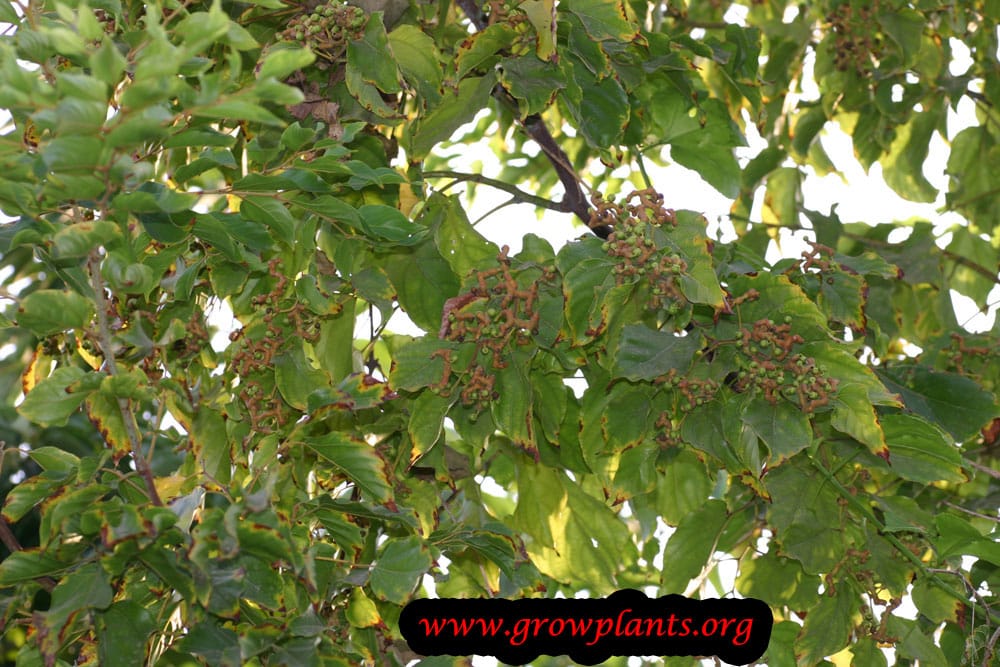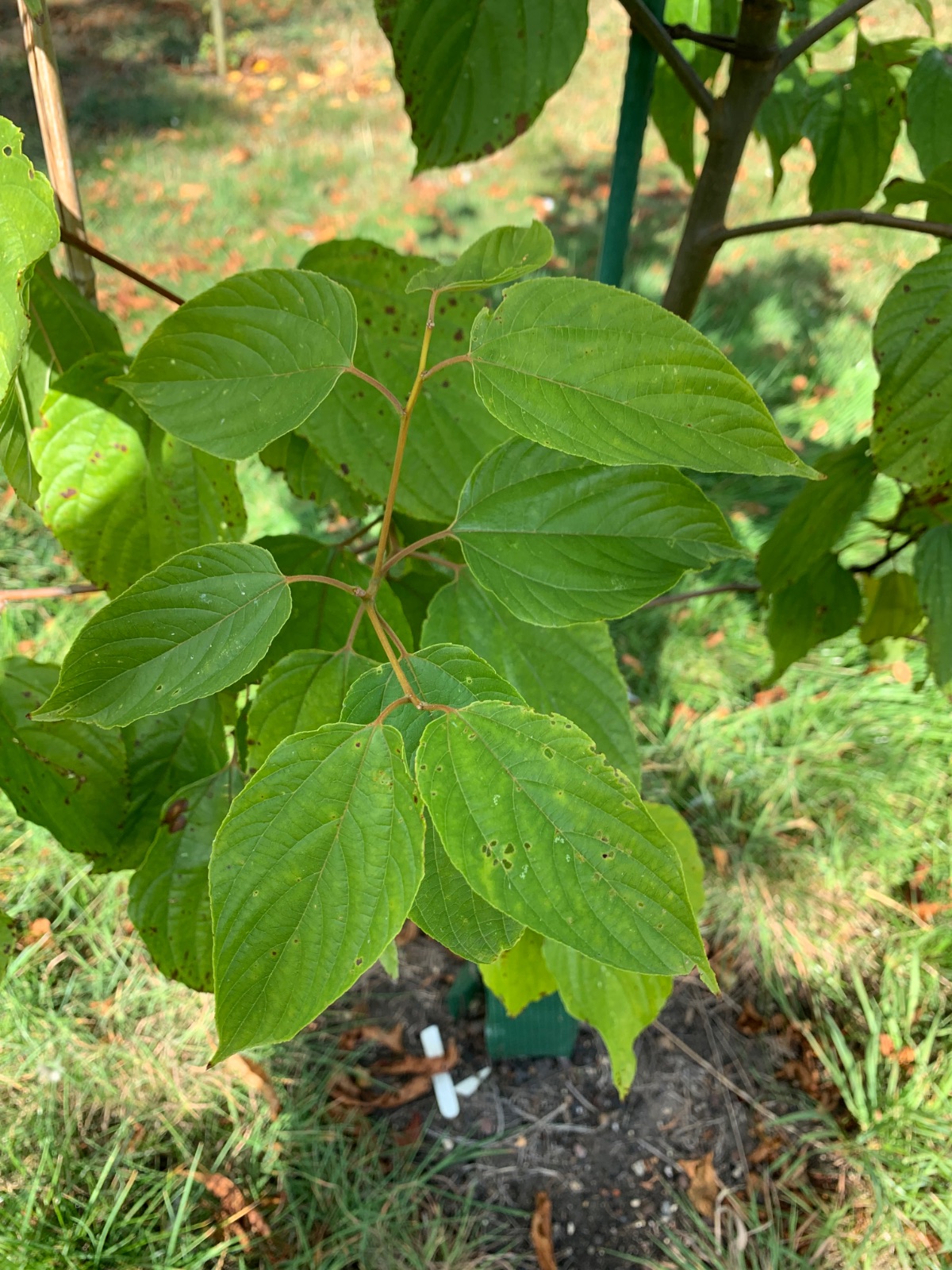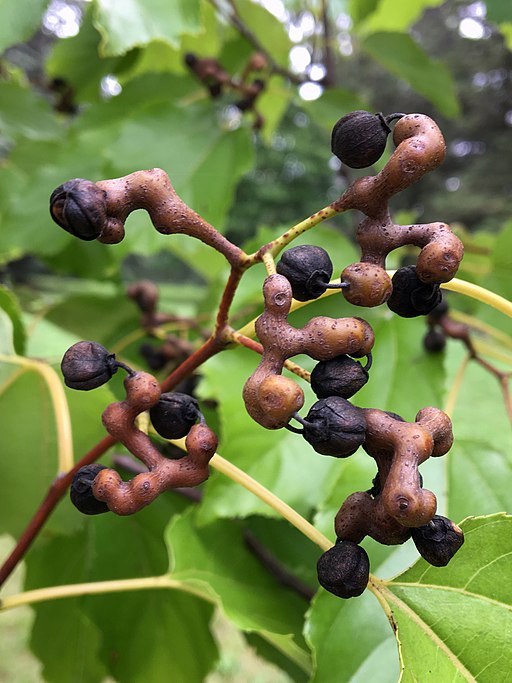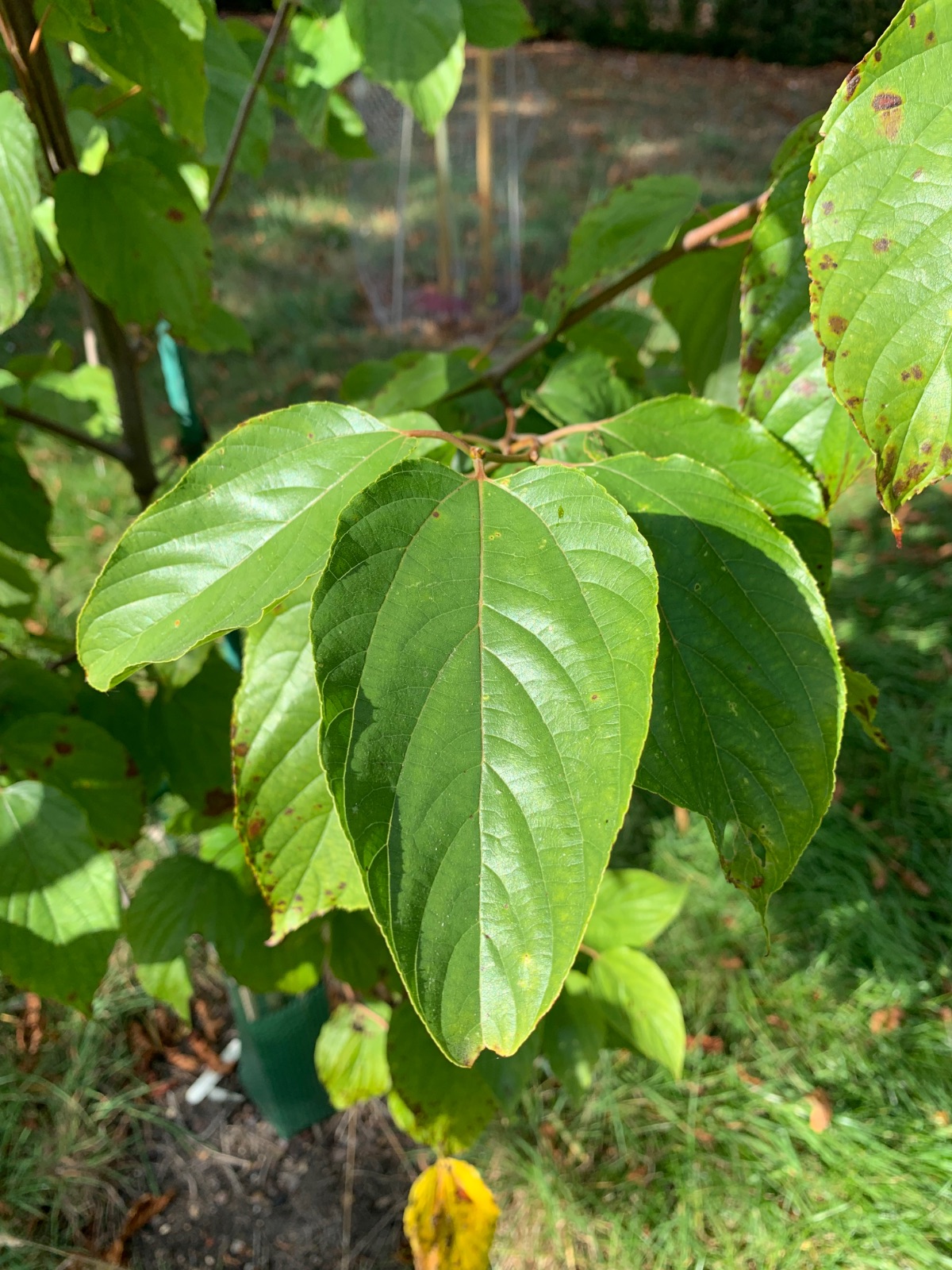
Rare Fruit, Hovenia dulcis, Japanese Raisin Tree, Sweet, Edible Fruit
Oaks produce nuts called acorns which are enclosed by a cup-like cupola. They are very strong trees which grow very tall and old in nature. In a Bonsai pot oaks must be protected from strong frost (Mediterranean oaks should be overwintered frost-free). Care guide for the Oak Bonsai tree (Quercus).

Hovenia dulcis How to grow & care
Hovenia dulcis is a Traditional Chinese Medicine for hangovers that is distributed naturally in the areas surrounding China, Japan, Korea, and the Himilayas; it is also known as Japanese Raisin Tree. It belongs to the genus Hovenia of the family Rhamnaceae and is one of three species of Hovenia, the other two being acerba and trichocarpa.This particular species, dulcis, has two variants known.

Hovenia dulcis Trees and Shrubs Online
8.9.1 Hovenia dulcis. Chinese Name(s): zhi ju zi, guai zao, wan zi guo. Source: This medicine is made of the fruits and rachis of Hovenia dulcis (Hovenia dulcis Thunb.). Morphology: The plant is a deciduous tree, 10-20 m in height. The trunks are gray-brown, longitudinally split. The branchlets are red-brown, with yellow lenticels.

Hovenia dulcis Seeds £1.95 from Chiltern Seeds Chiltern Seeds Secure
Image Tom Christian. A deciduous tree 30 ft high (much more in the wild); twigs downy when young. Leaves alternate, oval or heart-shaped, three-veined from the base, from 4 to 7 in. long, 3 to 6 in. wide, taper-pointed, coarsely and unequally toothed, downy beneath, especially on the veins. Flowers in terminal and axillary forked clusters 2 to.

Hovenia dulcis
1 Botanical Identity Zhijuzi, the ripe fruit or seed of Thunb., has frequently been used in traditional Chinese medicine (TCM) and was originally documented in early publications of the Materia Medica of Tang (Xinxiu Bencao). It is also referred to as orange dates and calligonum as it has a curved stalk.

UFEI SelecTree A Tree Selection Guide
Hovenia dulcis grow and care - tree of the genus Hovenia also known as Japanese raisin, Hovenia dulcis perennial deciduous plant and also used as ornamental plant, can grow in temperate, mediterranean, subtropical or tropic climate and growing in hardiness zone 5-10. Flower color white the flowers grow on stem. Contents show Hovenia dulcis fruits

Hovenia dulcis Jardim Cor
Hovenia dulcis. Chinese raisin tree. An upright, then spreading, tree with glossy, dark green, heart-shaped leaves, 10-20cm long, and downy beneath. Sprays of tiny, cream, fragrant flowers appear in summer and, as they fade, the flower stems swell, turning red, sweet and edible. They later produce small, black fruit

Hovenia dulcis (Hovénie, Raisinier de Chine) LA FORET COMESTIBLE
Hovenia dulcis is a deciduous Tree growing to 10 m (32ft) by 7 m (23ft). See above for USDA hardiness. It is hardy to UK zone 6 and is not frost tender. It is in flower in July, and the seeds ripen from September to October. The species is hermaphrodite (has both male and female organs). Suitable for: light (sandy) and medium (loamy) soils.

Japanese Raisin Tree Hovenia dulcis Hortas pequenas, Jardim
Biological invasions are increasingly recognized as one of the major threats to biodiversity. The Japanese raisin tree (Hovenia dulcis) is native to East Asia, however, in southeastern South America this species has become one of the most pervasive invaders. Hovenia dulcis has many biological characteristics that favor the process of invasion and few studies have indicated changes in the.

Hovenia Dulcis An Eastern Traditional Ingredient To Prevent Hangovers
Hovenia dulcis. Japanese Raisin Tree. Adaptable plant tolerant of many soil conditions but not wet soil. Flowers pale green, about 7 mm across, slightly fragrant. Fruit is a reddish-brown drupe, about 1/3 Recommended Fertilizer: SUNSHINE C-Cibus - Crop Nutrition Booster SUNSHINE-Honey - sugar booster Buy together promotion:

Hovenia dulcis Trees and Shrubs Online
[1] Selected species Hovenia dulcis, fruit Hovenia acerba syn Hovenia kiukiangensis Hovenia dulcis Thunb. syn Hovenia inaequalis DC. Hovenia parviflora Hovenia pubescens Hovenia robusta Hovenia tomentella Hovenia trichocarpa References

Hovenia dulcis Alchetron, The Free Social Encyclopedia
Hovenia dulcis: Japanese Raisintree 1. Edward F. Gilman and Dennis G. Watson 2. Introduction. Japanese Raisintree can reach 40 to 50 feet in height but is most often seen at 30 to 35 feet with an open, upright, oval silhouette. Unfortunately it is a little too big for planting beneath most power lines. The tree usually maintains a fairly good.

Hovenia dulcis Japanese Raisin The Seed Vine
Studies found the microplate reader screening to be a quick, accurate, and effective method to assay both enzymes in-vitro. The hot, aqueous fruit extract of Hovenia dulcis compared to the stem and leaf extracts gave the highest activity for decreasing alcohol concentration which was 138% of control (Kim et al. 2006 ).

Hovenia dulcis Japanese Raisin The Seed Vine
The Hovenia (Hovenia dulcis) tree is found in East Asian countries, such as China, Japan, and Korea, and is also reported to be found in the Himalayas up to altitudes of 2,000 m (Hyun et al., 2010). The Hovenia tree prefers to grow in a sunny position, and the blooming period is about 20 days from June to July.

Hovenia dulcis How to grow & care
Fruit pea-sized, light gray-brown, 3-seeded, may not ripen in cultivation. Sun to part shade. not particular about soil, but reportedly does best in sandy loams. Hardy to USDA Zone (5)6 Native to China and Himalayas, cultivated in Japan and India. dulcis: sweet, presumably a reference to the fleshy fruit stalk.

Hovenia dulcis How to grow & care
Hovenia dulcis (Japanese Raisin Tree) is a source of dihydromyricetin (Ampelopsin) and has traditionally been used as an anti- alcohol herb and hangover cure. At least one human study has noted that, when taken before drinking, it can reduce circulating levels of alcohol. Dosage Refer and Earn Japanese raisin tree is most often used for Other.